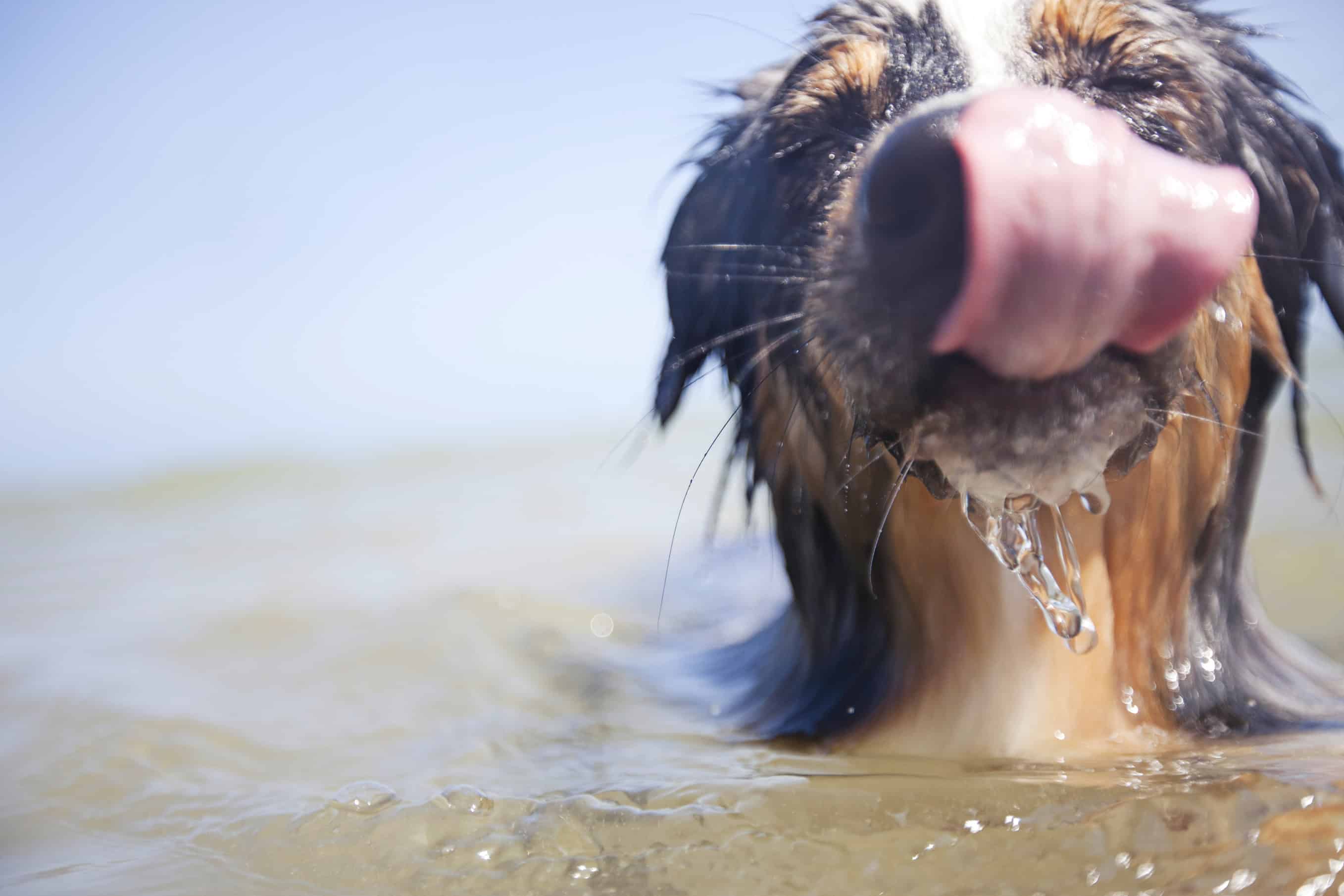Splash-Happy Fun: Teaching Your Dog to Swim
 You’ve packed the beach towel and are about to grab your pet’s leash for an awesome day on the water. But, hold up! Teaching your dog to swim is one of the most important requirements of pet water safety.
You’ve packed the beach towel and are about to grab your pet’s leash for an awesome day on the water. But, hold up! Teaching your dog to swim is one of the most important requirements of pet water safety.
While most owners assume dogs are natural swimmers, the truth is, many require training. So before hitting the water, be sure your pet knows the basics about canine swimming.
A Step-by-Step Guide to Teaching Your Dog to Swim
- Begin by introducing your dog to water in a shallow pool, lake, or pond. Maintain control in case your pet needs assistance.
- Be prepared to get in the water with your dog to reassure him or her that it’s safe and enjoyable.
- Throw a floatable toy or ball across the shallow water. Verbally praise your pal to retrieve it as he or she gets used to moving around.
- During these training sessions, keep a few small treats on hand to reward your dog’s enthusiasm and efforts.
- As your dog acclimates to the water, begin moving into deeper areas. If your dog is small enough, simply carry him or her.
- Observe your dog’s ability to swim by staying close and/or holding on to his or her torso while paddling around.
- After a few of these exercises, move to the shore or out of the pool, calling your dog to follow.
- Repeat this process until your dog is comfortable swimming alone and responding to your commands.
Preparing for More Challenging Swims
Once you have a good sense of your dog’s swimming abilities and comfort level, you can start hitting the water in earnest. Keep in mind that no matter how adept your dog is at swimming, supervision is always required. Just like us, dogs can get tired and may need assistance getting out of the water.
In addition to teaching your dog to swim, heed the following safety tips:
- When on the lake or ocean, outfit your dog with a floatation device.
- Consider installing a floating ramp or pet-friendly steps for easy exit from the pool.
- Some dogs simply cannot swim or do not enjoy it. Don’t push your pet if he or she seems anxious or uneasy.
- Avoid choppy or murky water (rivers and rough sea waters can be dangerous).
- Protect your pet from harsh UV rays by providing shade and using a pet formulated sunscreen.
Including your pet in your summer plans is wonderful. Just remember to be prepared and to practice pet swimming safety to ensure a great time.

